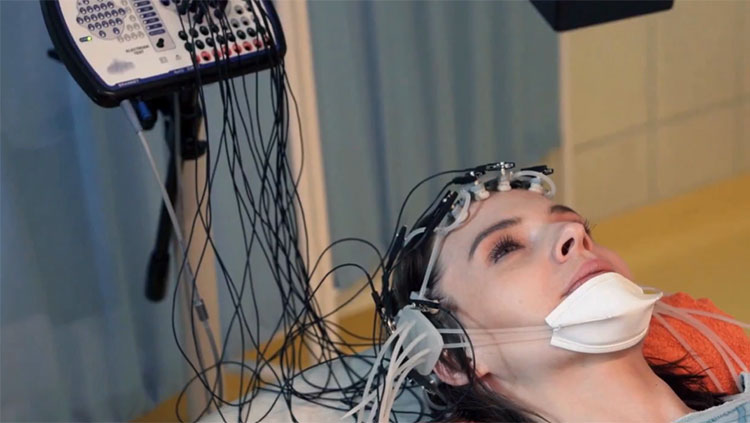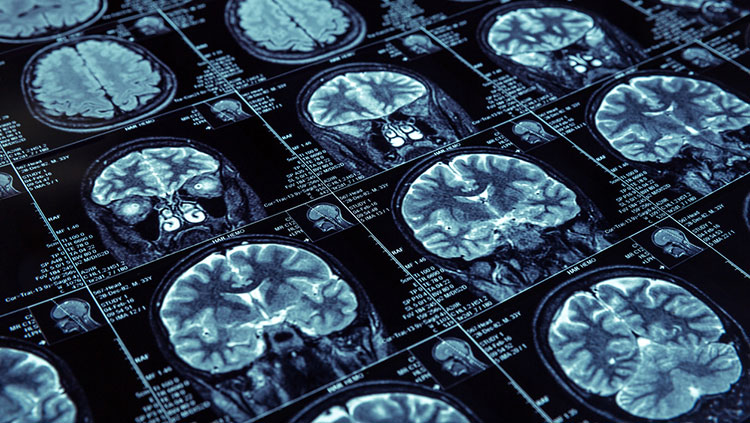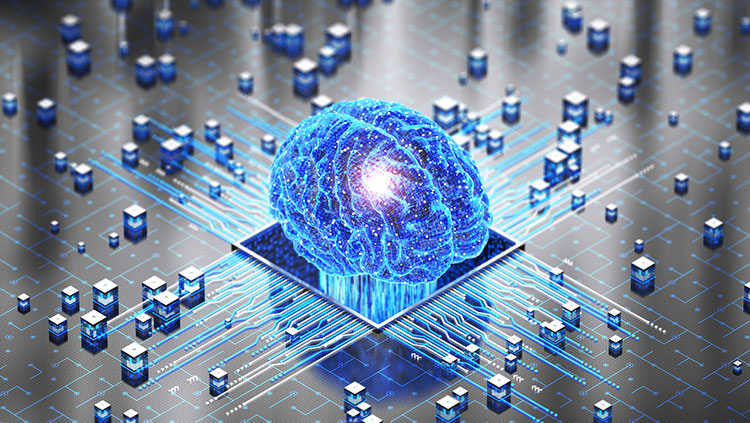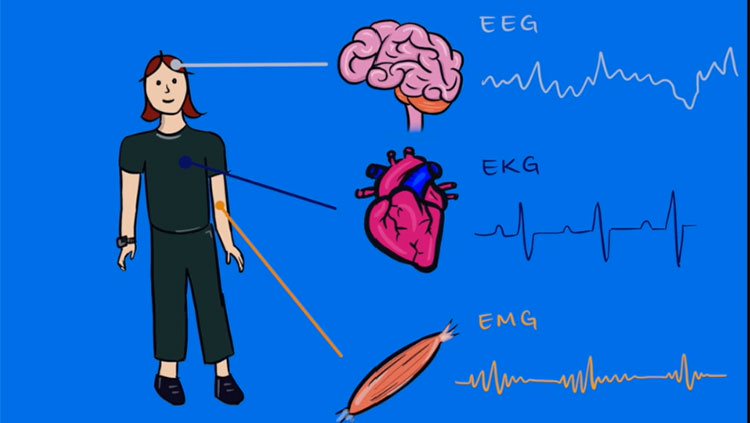Positron Emission Tomography
- Published1 Apr 2012
- Reviewed1 Apr 2012
- Source BrainFacts/SfN
PET is one of the most important techniques for measuring blood flow or energy consumption in the brain. This method of measuring brain function is based on the detection of radioactivity emitted when positrons, positively charged particles, undergo radioactive decay in the brain.
Small amounts of a radioisotope are introduced into the blood, which then carries the radioisotope to different brain areas. The radioisotope shows up in the brain in proportion to how hard local neurons are working. Computers build three-dimensional images of changes in blood flow based on the amount of radiation emitted in different brain regions. The more brain activity, the more vivid the picture that is created.
PET studies have helped scientists understand more about how drugs affect the brain and what happens while people are working on different activities, such as learning and using language. PET studies also have been helpful in understanding certain brain disorders, such as stroke, depression, and Parkinson’s disease. For example, PET allows scientists to measure changes in the release of some neurotransmitters.
This information can be used to pinpoint the relationship between a particular neurotransmitter and a behavior or cognitive process. Within the next few years, PET could enable scientists to identify the biochemical nature of neurological and mental disorders and to determine how well therapy is working in patients. Already, PET has revealed marked changes in the depressed brain. Knowing the location of these changes helps researchers understand the causes of depression and monitor the effectiveness of specific treatments.
Another technique, single photon emission computed tomography (SPECT), is similar to PET, but its pictures are not as detailed. SPECT is much less expensive than PET because the tracers it uses break down at a slower rate and do not require a nearby particle accelerator, typical of those used in nuclear physics, to produce them.
CONTENT PROVIDED BY
BrainFacts/SfN
Also In Tools & Techniques
Trending
Popular articles on BrainFacts.org

















